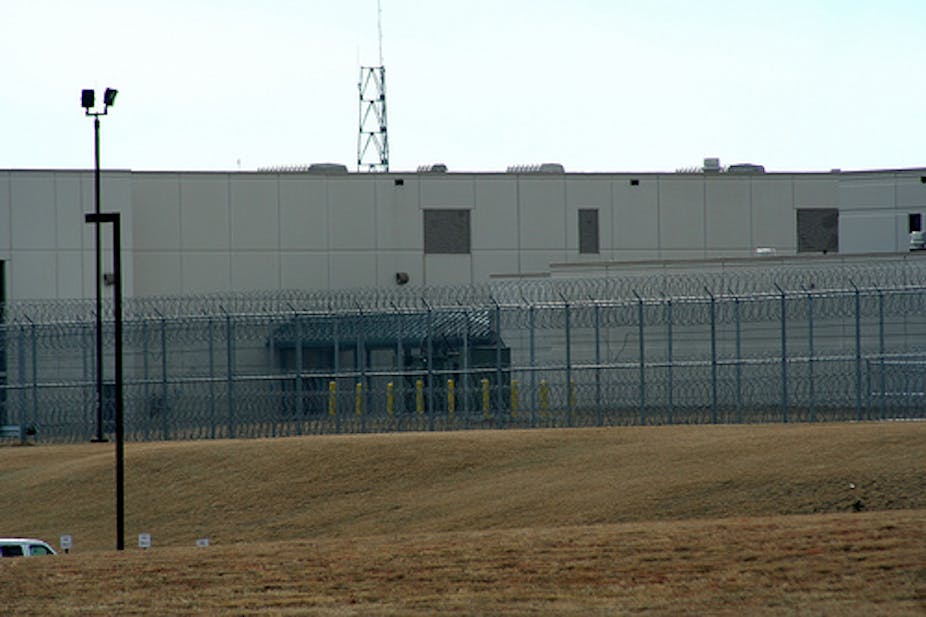The Productivity Commission has just released a report on Government Services 2012 containing a 177 page chapter on corrective services.
It found one third of Victorian prisoners were held in private prison cells compared to the national average of 19.2%, and it cost $257 to house a Victorian prisoner per day compared to the national average of $216.
For several decades, Victoria has been able to boast the lowest imprisonment rate in Australia, a rate almost half that of New South Wales. But not for long, given the Baillieu government’s “tough on crime” agenda.
Reading through the lengthy chapter reporting on the nation’s corrective services, it is difficult to see how the Productivity Commission has assessed the value of corrective services throughout the country. Did the community get “value for money”? Did imprisonment keep the community safe, and did it prevent re-offending? These are the questions most concerned citizens would want to see addressed.
What represents value in a prison?
The report largely focuses on operational objectives, such as providing a safe, secure and humane environment, and effective “management” of offenders. It speaks of “reducing the risk of reoffending”. These objectives reflect more operational goals of harm minimisation, accepting that imprisonment in its present form can only be effective in “warehousing” offenders, rather than actually bringing about real change.
But the most interesting aspect of the report is the fact Victoria has almost twice the proportion of its inmates in private prison cells compared to the rest of the country, and that the private prisons are no cheaper to run than those run by the State authorities.
The report fails to report that Victoria most likely has the highest level of prison privatisation compared to any jurisdiction in the world, far higher than the United States.
The prison industry
Since the privatisation of prisons throughout Australia over the past two decades, it may not be coincidental that the national prison population has increased at almost three times the rate of the national population.
In Victoria, the Productivity Report found expenditure on prisons has increased by 18% over the past five years. Clearly the private prison industry, more interested in doing well than doing good, has kept their shareholders very pleased. Their businesses grow when governments seek to incarcerate more of its citizens.
It would be in their interests to inflame fear of crime in a community and to encourage state governments towards law and order agendas.
Return on investment?
Given the expense involved in implementing an expansionary prison policy here in Victoria, you would hope such expensive investments were doing more than warehousing offenders.
Recent reports of the Australian Bureau of Statistics indicate that, on the contrary, the mortality rate of those recently released from prison was ten times what would be expected and that the reoffending rate upon release was increasing year-by-year.
Why then invest more and more of the Victorian Government’s resources into the expansion of the prison system when there is no equivalent evidence of an increase in crime in this State?
The law and order agenda was an effective means by which the Baillieu government gained power at the last election. If it seeks to build a cohesive and inclusive society, in the face of a growing population over the coming decade, it would do better to focus on creating affordable housing and livable communities.
Clear evidence exists proving that jurisdictions that have expansionary prison policies like Victoria are simply mining more and more deeply its most disadvantaged communities. The problem is that such an investment is producing questionable returns to the Victorian taxpayer.

